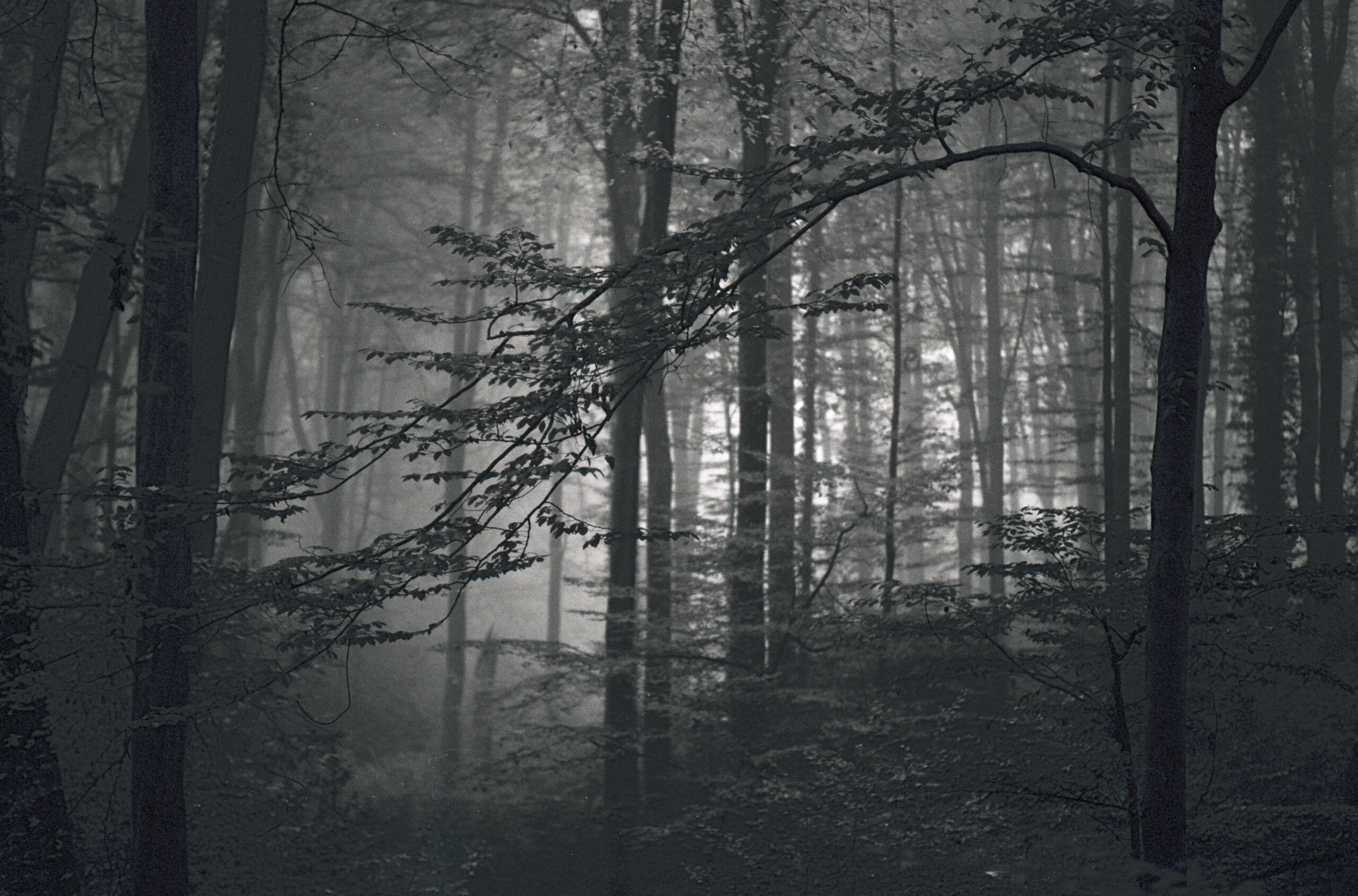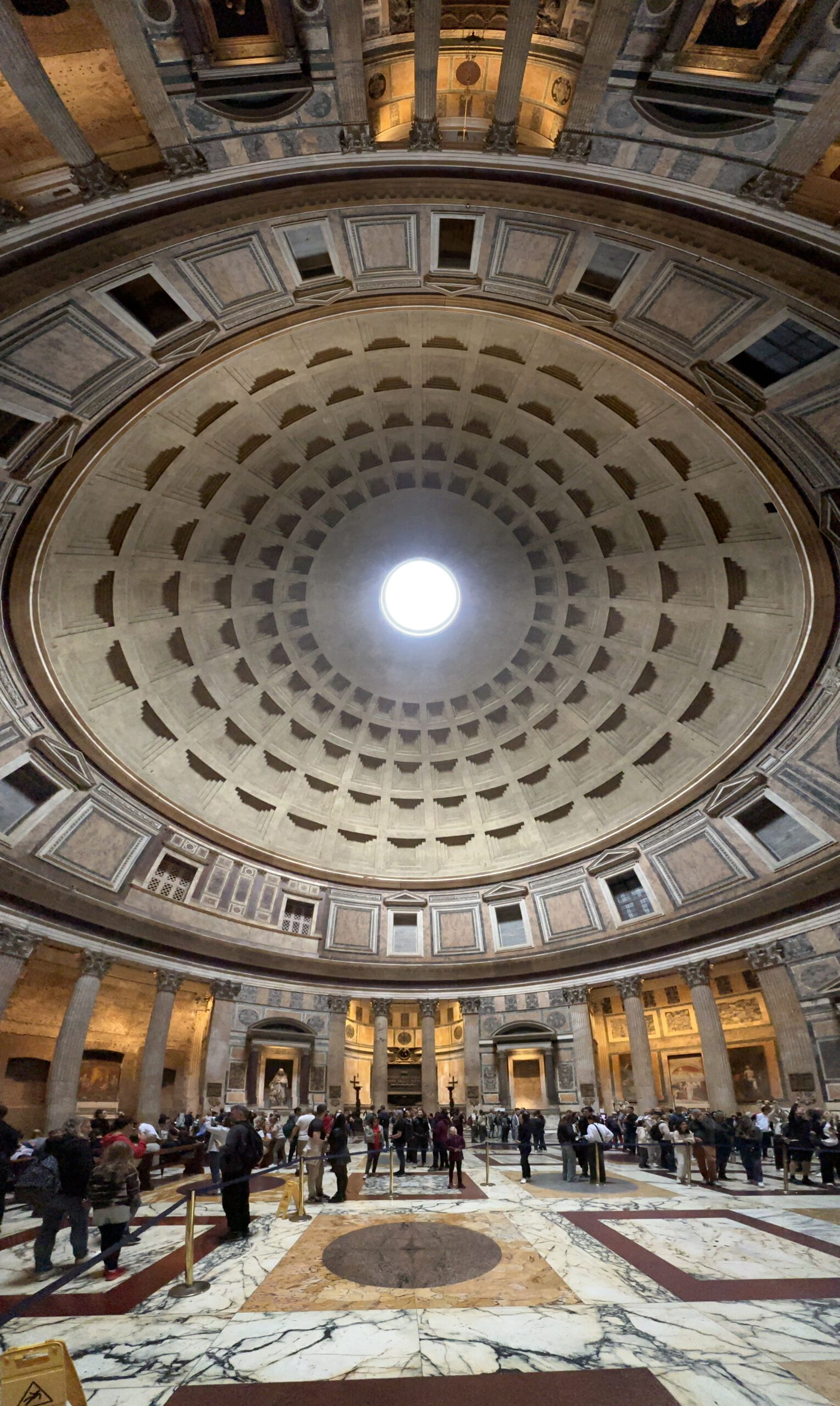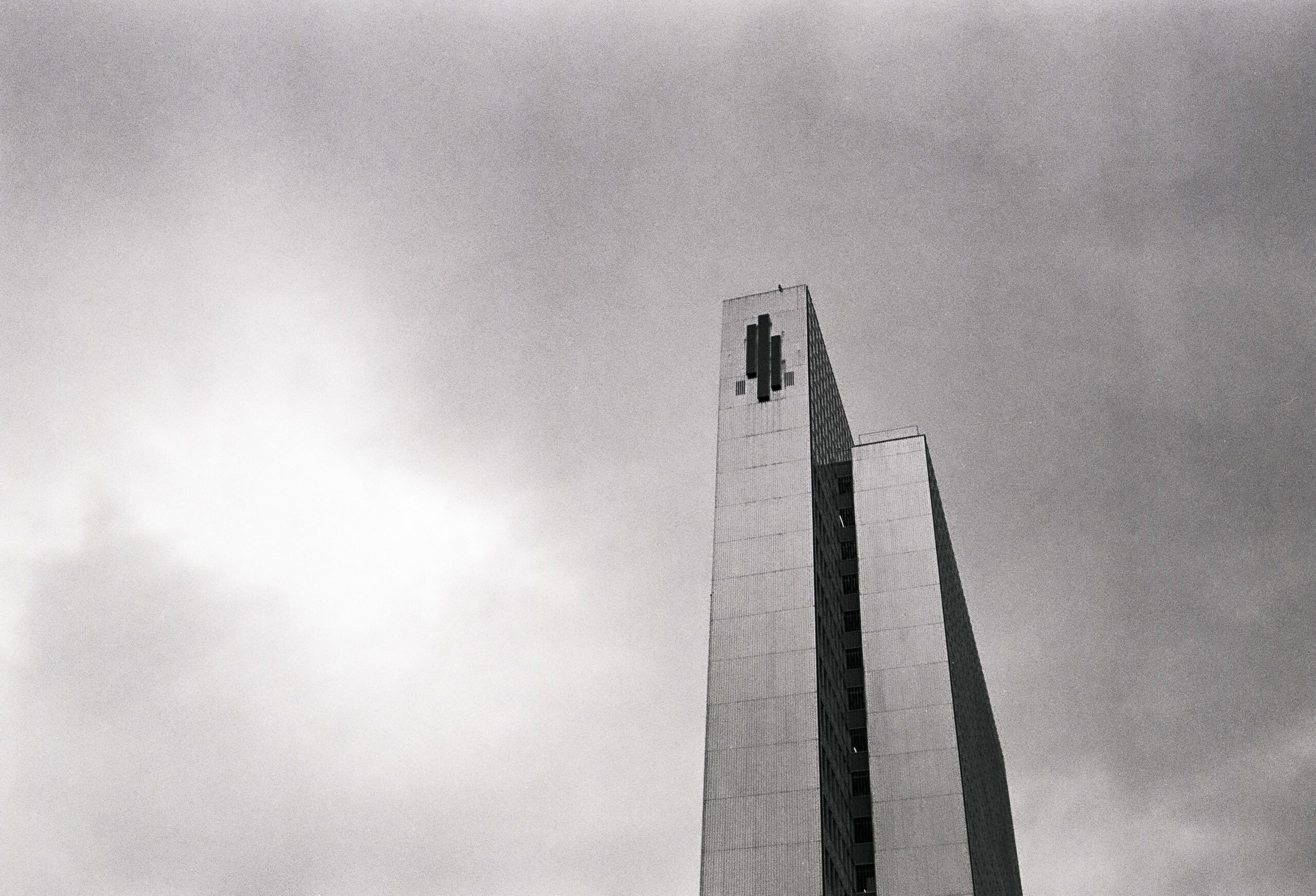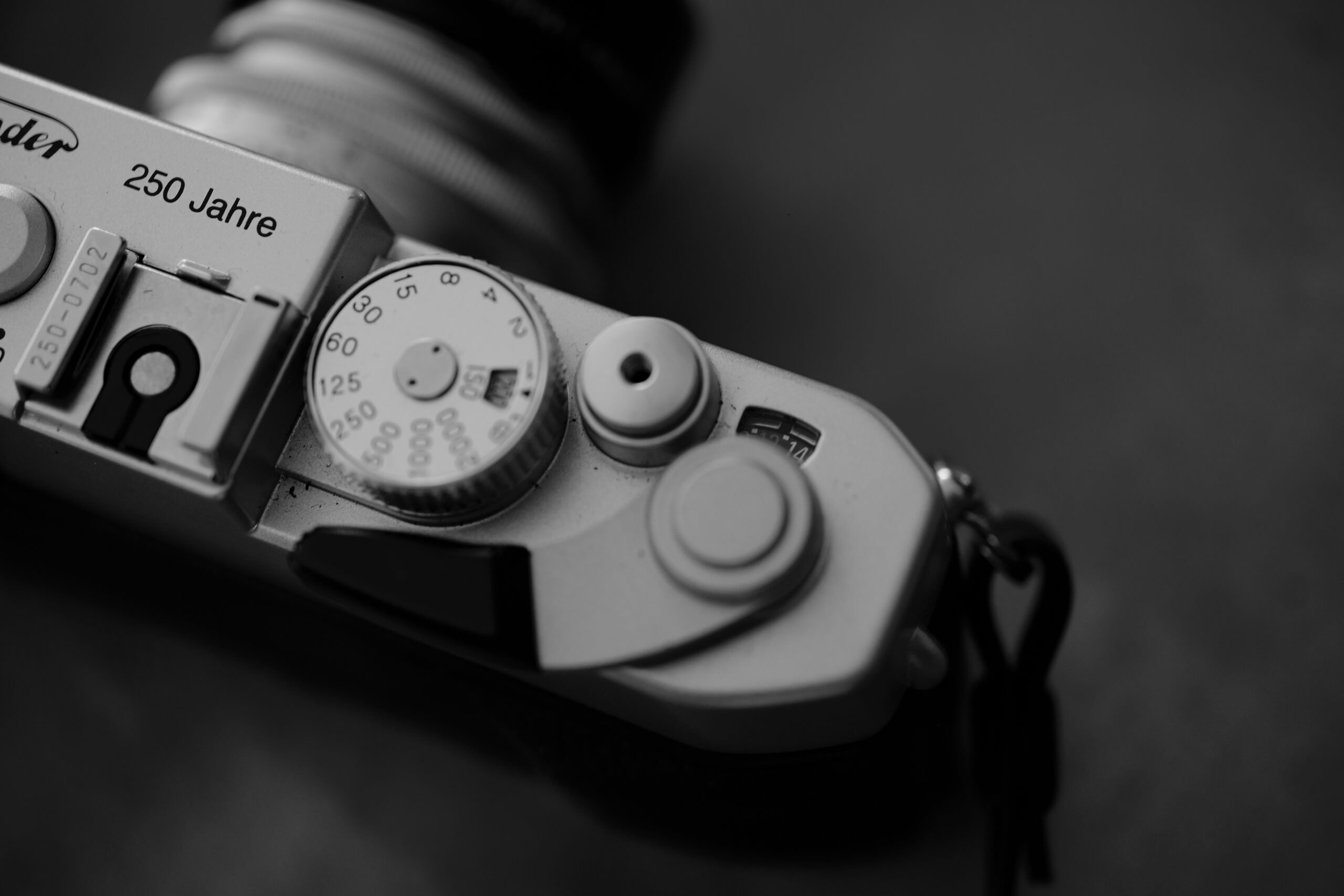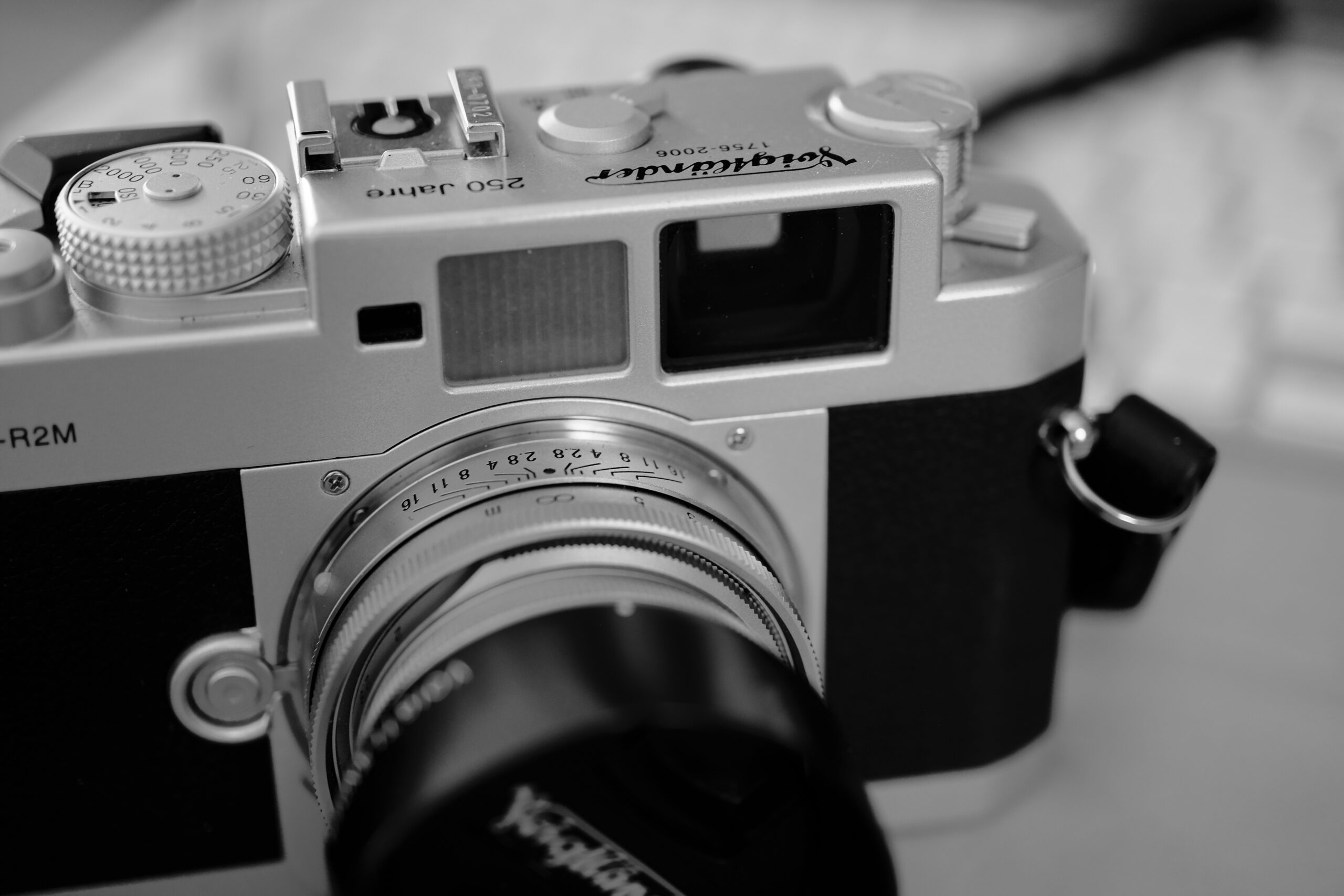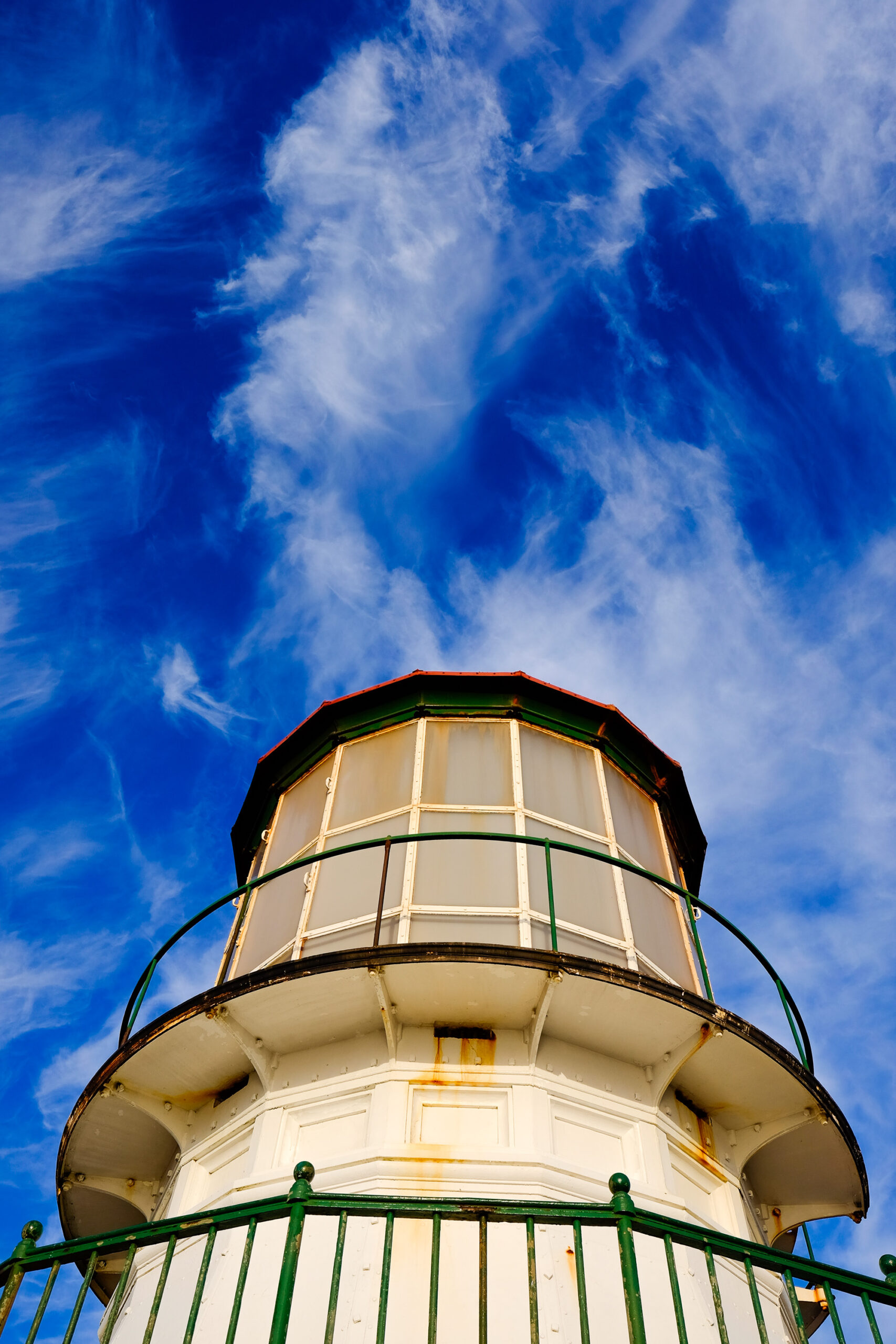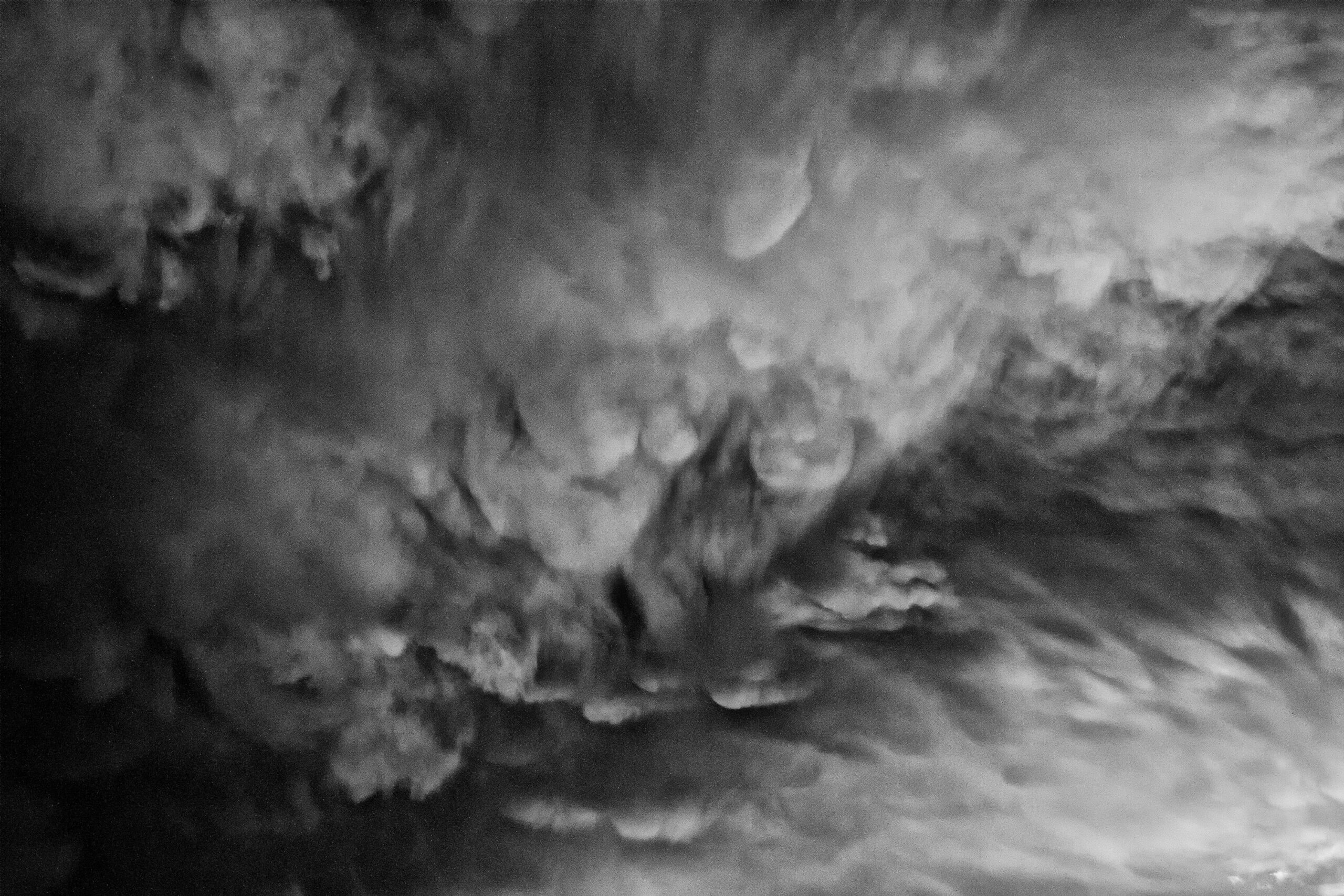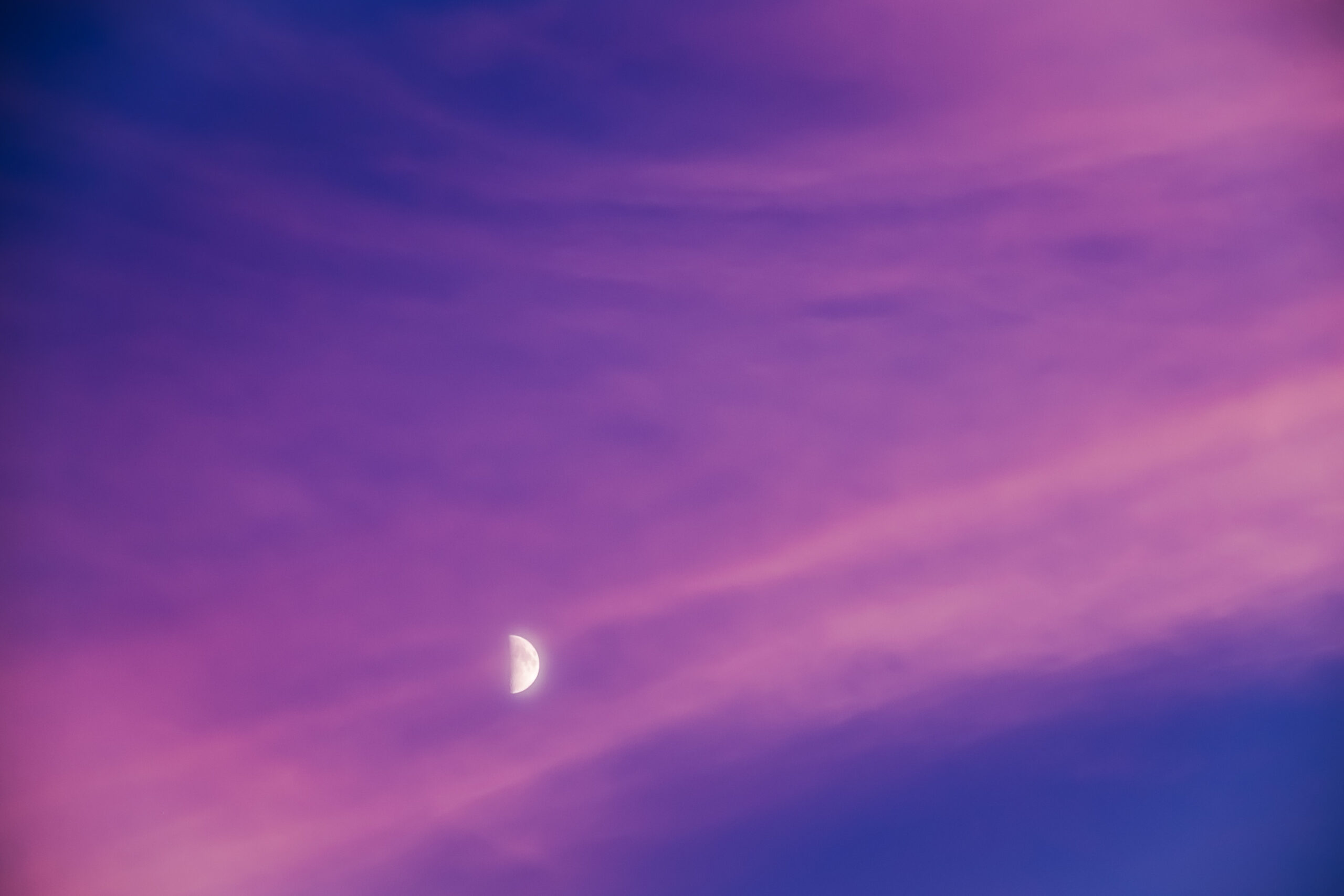Category: Style
-
Wood Work
Some projects have a live of their own. They are neither intentional, nor have they been planned – they evolve from the body of work that one creates, show themselves as a pattern, and maybe one starts to see them. Sees I have been drawn to trees and groups of trees over and over again,…
-
Roma
Visiting Rome for the first time was quite a challenging experience. We were there just four days – and after these four days we had the streets in our bones and minds. That was a lot to see, to digest and to hear. Rome is a busy city. Busy with sound, busy with people, busy…
-
An Analogue Adventure – Continued
Two rolls of Kodak Tri-X made it into my improvised darkroom. First attempt after more than 20 years, I was quite nervous to see if this will work out. It actually did. I almost couldn’t believe it that the rolls of film had pictures on it … From the negatives I created digital scans, using…
-
Sharp and Simple Mobility
Starting my Analogue Adventure, it completely changes my perception of what I believe. I thought my Fuji X-Camera gear is compact and small. I learn, there is another level of „full frame“ compactness, also with lenses. I thought my lenses were the best there could be. I learn about lens character and rendering performance beyond…
-
An Analogue Adventure
I started using digital photography around 2001. Coming from an intense analog photography period, using black and white film, developing it myself and using my own darkroom. For color work, Kodak Ektachrome Slide was my favorite choice. Until last year. I got infected. It started by reading a book: “The Revenge of Analog”. Telling the…
-
What Cameras are About
I have used several cameras in the past decades. My first one was a Pentax Spotmatic, which I got passed on from my father, followed by a Yashika. I then bought the EOS 100 as first camera by my own money, got into digital with the EOS 30D, followed by the 50D and then the…
-
Sony World Photo Award 2016
I have just uploaded my images to participate in the Sony World Photo Award 2016. Easy enough, as participation is free. This is a good start in the photography year 2016 – I am already curious what is to come this year, what we will see and which pictures I will get done. I have…
-
Monochrome
If there is one style or photographic direction that I have always been using, it is black and white photography. I was hooked – like many others – when I got involved with the pictures of Ansel Adams. Even though his pictures are quite old today, they still resemble masterpieces of flawless quality. He did…
-
The Decisive Moment
Photography is about moments, captured in a specific location, showing a specific scenery in a unique light. Bringing all of these things together – when we press the shutter – the camera captures a moment time. Sometimes that one moment is referred to as the decisive moment. And the interpretation is that the decisive moment is something happening in…

